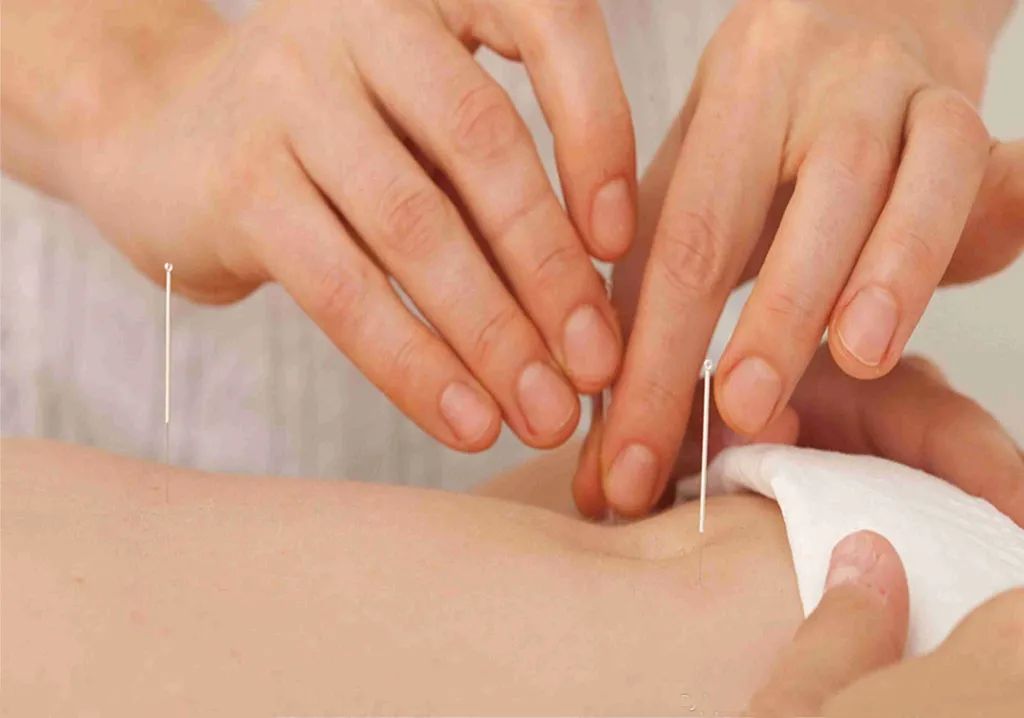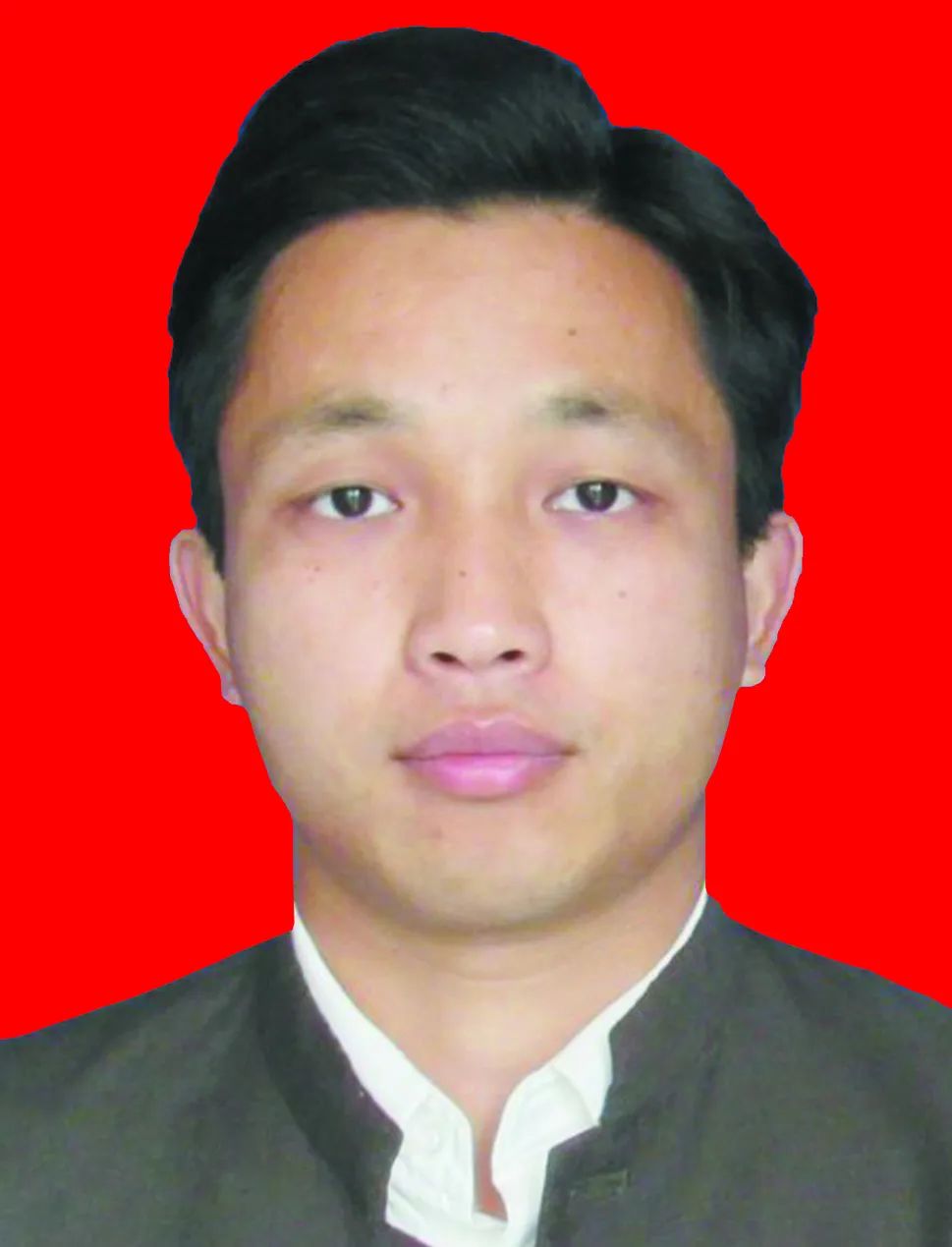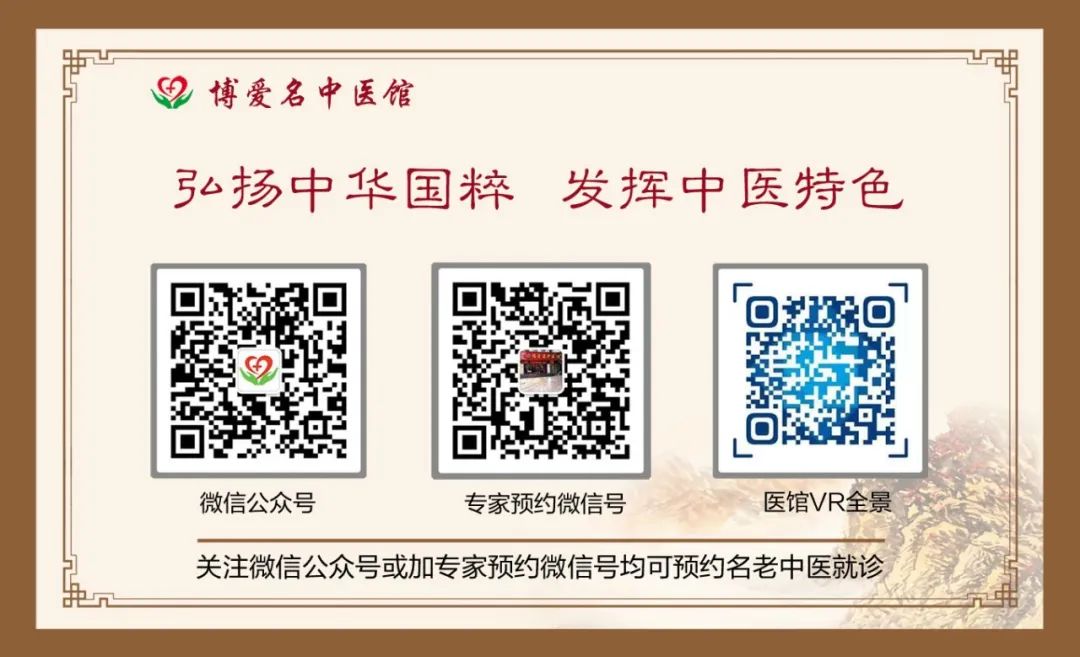Traditional Chinese Medicine Acupuncture Treatment
Acupuncture is a method that employs unique techniques such as needling and moxibustion to achieve the prevention and treatment of diseases, with effects of harmonizing Yin and Yang, supporting the right Qi and expelling pathogenic factors, and unblocking the meridians.

1. Harmonizing Yin and Yang
The occurrence of diseases fundamentally stems from the disruption of the relative balance between Yin and Yang, resulting in an excess or deficiency. For pathological changes in the functions of the organs and meridians, acupuncture can regulate Yin and Yang, compensate for deficiencies, restore relative balance, promote Yin stability and Yang secretion, maintain abundant Qi, and ensure the harmony of form and spirit.
The role of acupuncture in harmonizing Yin and Yang is mainly achieved through the combination of meridian points and needling techniques. For example: toothache caused by excessive stomach fire, where Yang heat is predominant, should be treated by clearing the stomach and draining fire, using the Neiting (内庭) point of the Stomach Meridian for needling to drain.
For stomach pain caused by cold evil harming the stomach, which belongs to excessive Yang evil, the treatment should warm the center and disperse cold, using the Zusanli (足三里) point and the Middle Cavity (中脘) point of the Stomach Meridian for needling and moxibustion.
Dizziness caused by Kidney Yin deficiency and Liver Yang hyperactivity, which belongs to the syndrome of Yin deficiency and Yang hyperactivity, should be treated according to the principle of “treating Yang for Yin disease and treating Yin for Yang disease,” using the Taixi (太溪) point of the Kidney Meridian for tonifying needling; and the Xingjian (行间) point of the Liver Meridian for draining needling.
Chronic diarrhea caused by Spleen Yang deficiency, which belongs to Yang deficiency and Yin excess, should be treated by warming Yang and dispersing cold, using the Yinlingquan (阴陵泉) point of the Spleen Meridian for tonifying needling and moxibustion.
Since Yin and Yang can transform into each other and influence one another, treatment of Yin should consider Yang, and treatment of Yang should consider Yin. In harmonizing Yin and Yang, the method of “drawing Yang from Yin and drawing Yin from Yang” is often employed, with the most common clinical practice being the use of Mu points and Back Shu points to nourish the Yang and Yin of the organs.
2. Supporting the Right Qi and Expelling Pathogenic Factors
The development of diseases is a process of mutual struggle between the right Qi and pathogenic factors, where the balance of their strengths determines the progression and outcome of the disease. If the pathogenic factors prevail over the right Qi, the condition worsens; if the right Qi prevails over the pathogenic factors, the condition improves. Therefore, supporting the right Qi and expelling pathogenic factors is essential for ensuring a favorable outcome of the disease. The efficacy of acupuncture lies in its ability to support the right Qi and expel pathogenic factors.
The role of acupuncture in supporting the right Qi and expelling pathogenic factors is mainly achieved through needling techniques and the combination of acupoints. For example:
In terms of needling, tonifying needling and moxibustion both have a supporting effect; conversely, draining needling and bloodletting have an expelling effect.
In terms of acupoint combinations, points such as Shenque (神阙), Guanyuan (关元), Qihai (气海), and Mingmen (命门) are often selected for supporting the right Qi; while points such as Shierjing (十二井), Shixuan (十宣), and Renzhong (人中) are often selected for expelling pathogenic factors.
For instance, in cases of pale complexion, profuse sweating, cold limbs, and weak pulse indicating a collapse syndrome, the treatment should focus on returning Yang and consolidating the collapse, urgently using the Guanyuan and Shenque points for moxibustion, and Zusanli for tonifying needling. In cases of high fever, delirium, irritability, and thirst with a rapid and strong pulse indicating an external warm disease, the treatment should focus on draining heat and opening the orifices, using the Shierjing points for bloodletting with a three-edged needle, and Dazhui (大椎) and Quchi (曲池) for draining needling.
Supporting the right Qi and expelling pathogenic factors are different methods, but they complement each other. One can first expel pathogenic factors and then support the right Qi, or vice versa, or use both methods simultaneously. Generally, the principle is “supporting the right Qi without leaving pathogenic factors, and expelling pathogenic factors without harming the right Qi“; only in this way can the expected therapeutic effect be achieved.
3. Unblocking Meridians
The meridian system is distributed throughout the body, interconnecting and communicating between the exterior and interior, linking the upper and lower parts, forming the pathways for the circulation of Qi and blood, and maintaining normal physiological functions. If, for various reasons, the meridians become obstructed, the organs and limbs lose warmth and nourishment, leading to the stagnation of Qi and blood, resulting in various diseases, whether stagnation, stasis, deficiency, or excess, whether cold or heat, whether Qi and blood disharmony, or Yin and Yang imbalance. Acupuncture can utilize its effect of “unblocking the meridians and harmonizing Qi and blood” based on the physiological and pathological interconnections between the meridians and organs, selecting certain acupoints along the meridian pathways for needling or moxibustion to ensure smooth meridian flow, regulated circulation, harmonized Qi and blood, and balanced Yin and Yang.
The effect of acupuncture in unblocking the meridians is also mainly achieved through the combination of meridian acupoints and needling techniques. Taking the Stomach Meridian as an example:
For gum swelling and pain due to excessive Qi in the Stomach Meridian, the Neiting (内庭) point can be used to drain heat and unblock the meridian to relieve pain; for stomach pain due to insufficient Qi in the Stomach Meridian, the Zusanli (足三里) point can be used to warm and unblock the meridian to relieve pain; for symptoms such as vomiting due to chaotic Qi in the Stomach Meridian, the Zusanli point can also be used to elevate clear Qi and descend turbid Qi, harmonizing stomach Qi; for pain and numbness in the hip area due to obstruction of Qi in the Stomach Meridian, points such as Biguan (髀关) and Futu (伏兔) can be used to unblock the Qi and promote the circulation of Qi and blood.
Expert 【Pan Jianzhong】【Director】

Pan Jianzhong
Practicing TCM Physician
From a family of traditional Chinese medicine practitioners
Graduated from Jiangxi University of Traditional Chinese Medicine, studied under several renowned physicians in the country, and has over 10 years of clinical experience. Specializes in needling, heat-sensitive moxibustion, martial arts massage, bloodletting, classical formulas, contemporary formulas, empirical formulas, and secret formulas, with extensive knowledge of Tibetan, Mongolian, and Miao medicine, achieving excellent therapeutic results.
【Specializes in Treatment】
Acupuncture Rehabilitation: sequelae of stroke, Alzheimer’s disease, migraine, facial paralysis, facial muscle spasms, cervical spondylosis, stiff neck, shoulder periarthritis, bursitis, ankylosing spondylitis, low back pain, lumbar disc herniation, piriformis syndrome, sciatica, limb numbness, knee arthritis, sprains of hands and feet, nerve injuries, post-fracture recovery.
Gynecology: breast hyperplasia, menstrual disorders, dysmenorrhea, uterine prolapse, adenomyosis, uterine fibroids, metrorrhagia, polycystic ovary syndrome, menopausal syndrome, chronic pelvic inflammatory disease.
Spleen and Stomach Digestion: repairing gastrointestinal mucosa. Gastroenteritis, gastric ulcers, duodenal ulcers, intestinal metaplasia, oral ulcers, hiccups, constipation, hemorrhoids.
Pediatric Massage: pediatric torticollis, cerebral palsy, allergic rhinitis, adenoid hypertrophy, excessive sweating, vomiting, anorexia, food accumulation, cough, asthma, enuresis, recurrent colds, pseudomyopia, attention deficit hyperactivity disorder, tic disorders, rebellious phase irritability.
Dermatology in TCM: urticaria, acne, herpes zoster, melasma, eczema, dermatitis, non-healing wounds.
Internal Medicine: insomnia, dizziness, headaches, cerebral ischemia, brain atrophy, epilepsy, anxiety disorders, depression, post-traumatic stress disorder, competitive syndrome. Prostatitis, nocturnal emissions, premature ejaculation, urinary tract infections, stones, gout, hyperlipidemia, fatty liver, lower limb varicose veins. Anti-aging, weight loss.
【Consultation Hours】
Monday to Sunday all day (Basement, Acupuncture and Massage Clinic)
Contact Information
Consultation Phone: 0791-86262091 86260801
Hospital Address: No. 269, North Square Road, Nanchang City (Intersection of North Square Road and Fuzhou Road, diagonally opposite the new building of the Provincial Hospital of Traditional Chinese Medicine)


